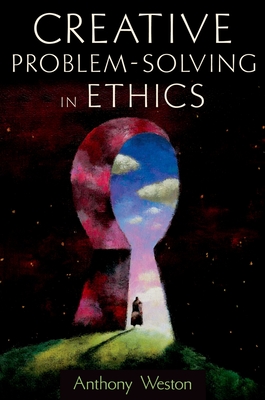
description
tive set of tools for engaging complex and controversial ethical problems. Covering such practical methods as diversifying options, lateral thinking, reframing problems, approaching conflicts as creative opportunities, and many others, it shows how to find "room to move" inside even the most challenging ethical problems, and thereby discover new and productive ways to deal with them. The book features numerous exercises and applications that consider a wide range of familiar ethical issues--including the moral status of animals, the death penalty, poverty, drug use, and many others--and ends with some of the toughest: abortion, assisted suicide, and environmental ethics.
An ideal supplement for any general ethics course, Creative Problem-Solving in Ethics can also be used in more specific "applied" courses like bioethics, business ethics, and social ethics, as well as in critical thinking courses that emphasize ethics. In addition, it provides a concise and engaging introduction to creative thinking for workshop participants and general readers. From the very beginning of the book, readers will discover that creative thinking can offer imaginative and promising alternatives to seemingly intractable ethical dilemmas.
An ideal supplement for any general ethics course, Creative Problem-Solving in Ethics can also be used in more specific "applied" courses like bioethics, business ethics, and social ethics, as well as in critical thinking courses that emphasize ethics. In addition, it provides a concise and engaging introduction to creative thinking for workshop participants and general readers. From the very beginning of the book, readers will discover that creative thinking can offer imaginative and promising alternatives to seemingly intractable ethical dilemmas.
member goods
No member items were found under this heading.
listens & views

OPERA'S GREATEST DUETS / VARIOUS
by OPERA'S GREATEST DUETS / VARIOUS
COMPACT DISCout of stock
$7.99
Return Policy
All sales are final
Shipping
No special shipping considerations available.
Shipping fees determined at checkout.






